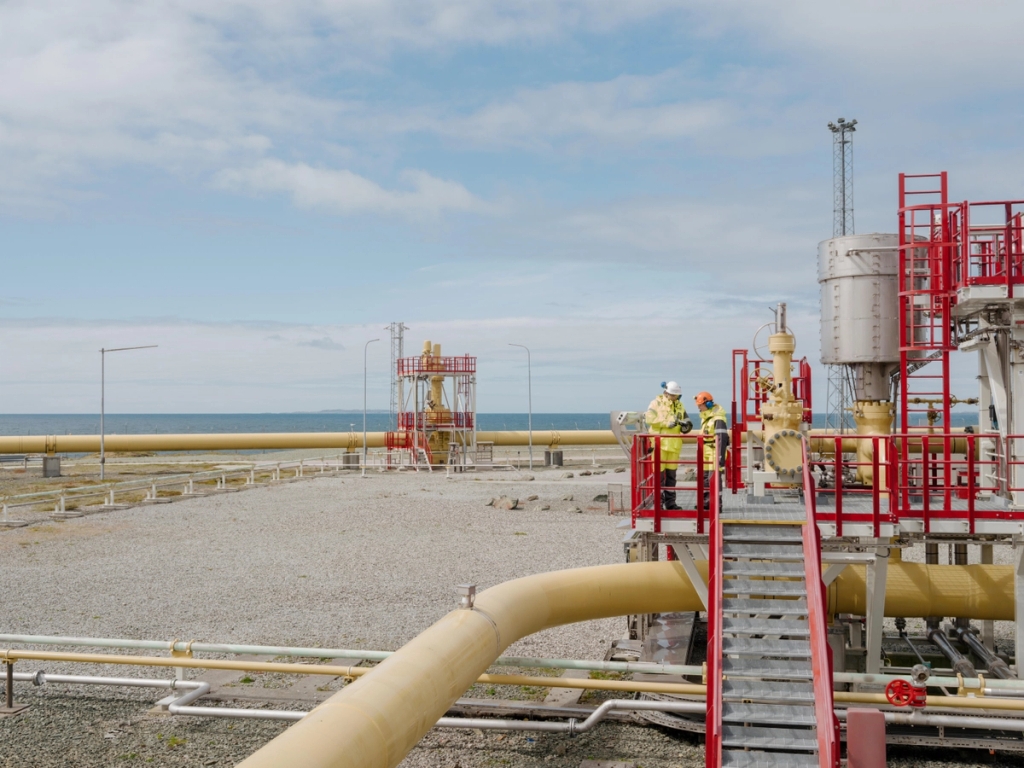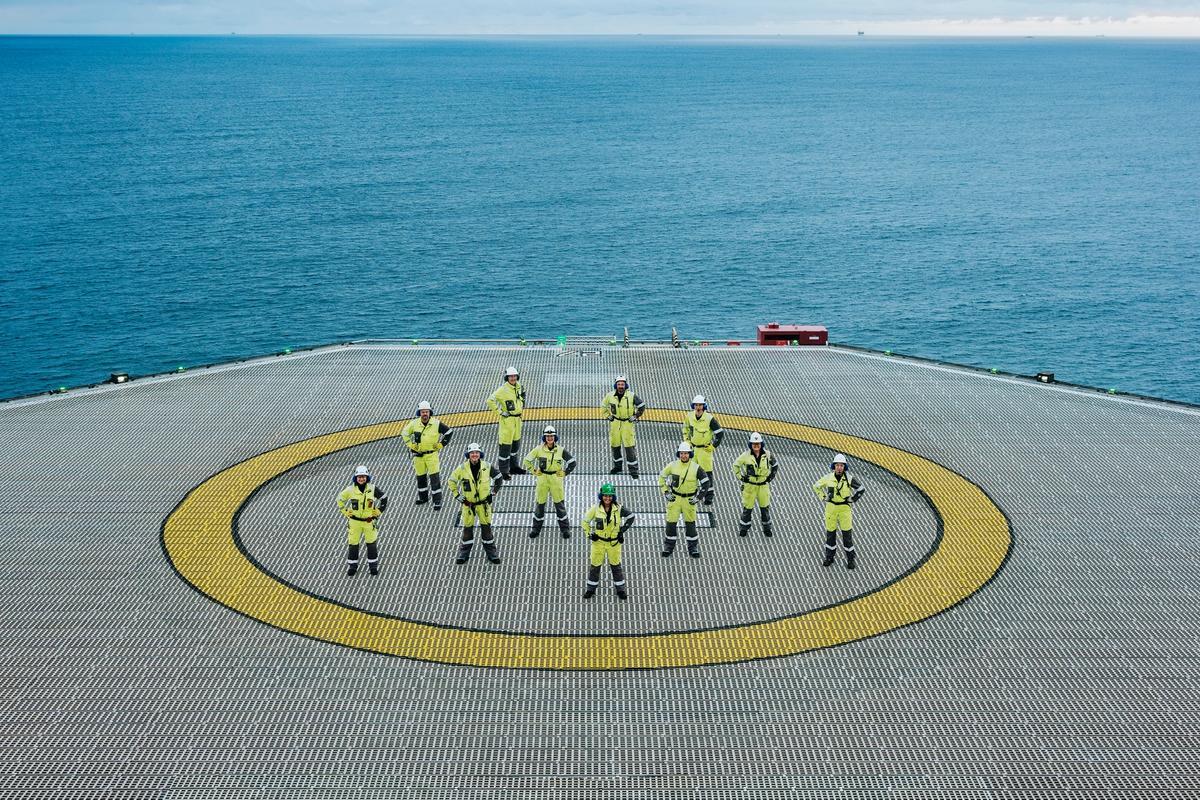8,800 kilometres of pipelines on the seabed made Norway a stable supplier of energy to Europe. Can the pipes also play a vital role in the energy transition?
The furniture was hardly in place when Statoil held its first board meeting. What was in place, however, was the eagerness to get started quickly. A considerable discussion surfaced during the last item on the agenda. It said: State participation in an oil pipeline from the Ekofisk field.
The pipeline that was applied for was to be laid by the American company Phillips Petroleum, the operator of the Ekofisk field. The oil was to be transported to the coast of England, while the gas was to be transported to Germany. It was apparent that future oil and gas discoveries would be able to use the same pipelines. That also made the pipelines crucial for the relatively new state-owned oil company. Statoil's CEO, Arve Johnsen, argued in favour of government participation: The pipelines will be the new highways, and it is vital to be involved in deciding who can use them and at what price.
This was almost 50 years ago, on December 5, 1972. Arve Johnsen was met with scepticism, but he won out in the end. Norway got its first oil pipeline company when spring came, equally owned by the Phillips Group and Statoil.
The next big task was to create jobs here in Norway. Norwegian politicians wanted to connect the pipelines to Norway, so the oil and gas could be transported from here to the markets in Europe. This topic became relevant at the Statfjord discovery. Still, a significant challenge remained: The Norwegian Trench, an inhospitable gorge along the coast of Norway where the pipeline had to go down to more than 300 meters below the surface.
In 1985, the Norwegian continental shelf, Norway and Europe could finally be connected. The development continued as new and large oil and gas resources were unearthed. Today we have the world’s most extensive subsea pipeline system. 8800 kilometres of high-tech highways make Norway a stable supplier of energy to Europe.
But what now?
We are now facing the biggest challenge of our time: the climate crisis. Equinor’s ambition is to continue to supply energy to society with a lower carbon footprint and to reach net-zero emissions by 2050. Together we will develop new energy, and we will create new industries. And what does this mean for all the pipelines down on the seabed?
Europe will need gas for many years to come. Supported by a well-developed infrastructure, we can use the gas in the future to develop hydrogen or ammonia while capturing and storing CO₂ from the gas safely under the seabed.
There's been a lot of pipeline activity over the last 50 years. They provide a safe and secure energy supply and will continue to contribute to emission reductions in Europe.


